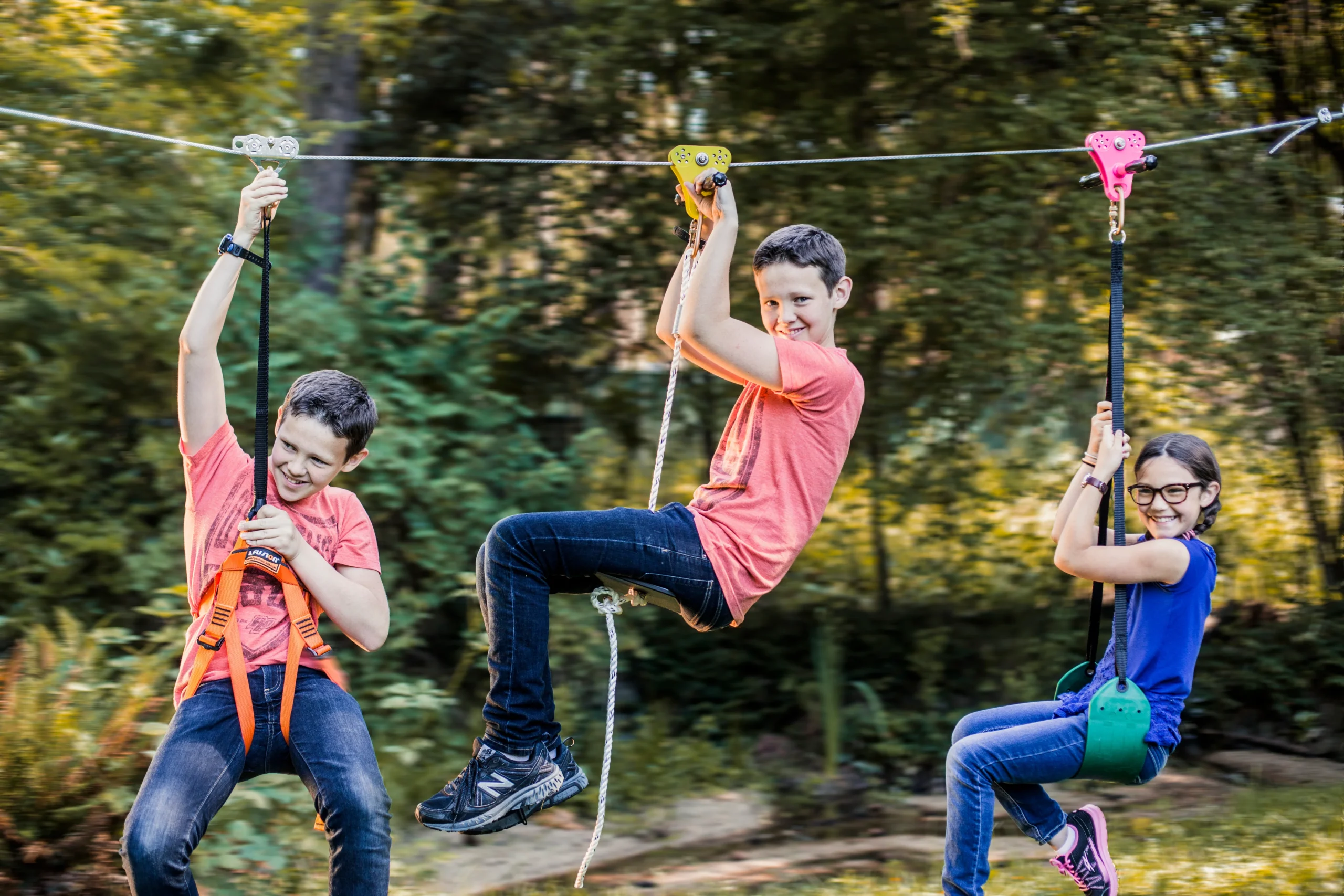The Ultimate Guide to Choosing the Right Zipline Lanyard?
The zipline lanyard is a key part of your safety setup. Take the time to choose one that fits your...

Ziplining is an exciting outdoor adventure that lets you glide through the air while enjoying breathtaking views. However, the thrill comes with responsibility—especially when it comes to using the right safety equipment. One essential part of that safety gear is the zipline lanyard. Choosing the right one can make a big difference in your safety and comfort.
What is a Zipline Lanyard?
A zipline lanyard is a strong, durable connector that links your harness to the zipline pulley or trolley. Its purpose is to keep you safely attached while absorbing shock during movement or sudden stops. It plays a critical role in keeping you secure throughout the ride.
Types of Zipline Lanyards
Several types of lanyards are available, each offering different benefits:
- Single-leg lanyards – These are simple, straight connectors ideal for straightforward zipline setups.
- Double-leg lanyards – Useful for added flexibility, often used in climbing or multi-line zip courses.
- Elastic (bungee-style) lanyards – Offer some give and reduce slack, making the ride smoother.
- Static lanyards – Provide no stretch, giving more control in fixed setups.
- Lanyards with energy absorbers – Reduce the impact force during sudden stops, enhancing safety.
Key Factors to Consider Before Buying
When shopping for a lanyard, it’s important to consider a few core aspects:
- Weight Capacity – Ensure it supports more than your body weight for added safety.
- Material Quality – Look for lanyards made from high-strength materials like polyester or nylon for durability.
- Length and Flexibility – Choose a length that allows enough movement but avoids too much slack.
- Carabiner Compatibility – Ensure the lanyard includes or works well with a strong, locking carabiner.
Safety Standards and Certifications
Lanyards should follow safety guidelines and be certified by trusted organizations. Look for labels like:
- CE (Conformité Européenne)
- UIAA (International Climbing and Mountaineering Federation)
- ANSI (American National Standards Institute)
These certifications confirm the product has been tested for strength, durability, and reliability.
Common Mistakes to Avoid
People often make avoidable errors when choosing a lanyard. Here are a few to watch out for:
- Ignoring Gear Compatibility – Make sure the lanyard fits well with your trolley and other gear.
- Choosing Based on Price – Low-cost gear can lack important safety features.
- Skipping Inspections – Always check your lanyard for damage or wear before each use.
Why the Right Zipline Lanyard Matters
Using the correct lanyard reduces your risk of injury and improves your confidence while ziplining. It ensures smoother rides, better control, and peace of mind. A quality lanyard is not just a convenience—it’s a must-have for safe and enjoyable experiences.
Related Gear: Zipline Harness
Your zipline harness works together with the lanyard to provide full-body support and balance. It’s important to ensure that your harness and lanyard are compatible and properly adjusted before every ride.
Conclusion
The zipline lanyard is a key part of your safety setup. Take the time to choose one that fits your needs, meets safety standards, and works with your other gear. With the right lanyard, you’ll be ready for a fun, secure, and comfortable zipline adventure that lets you enjoy the ride with complete peace of mind.







